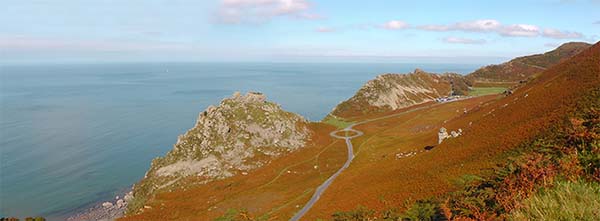The Valley of Rocks is one of those places where words are just not enough. I could tell you about the stunning beauty of the country, the spectacular coastline and the opportunities to escape from the hustle and bustle of city life. But all I can say is that if some film director had sat down and tried to write a brief for their computer graphics department to create a dramatic backdrop for a scene in their film then they could easily have come up with a description of this most extraordinary valley. Not surprisingly, the Valley of Rocks does indeed get used as a backdrop in film and TV because of its good looks. The BBC programme Top Gear has photographed cars there and I was fortunate enough to capture the picture below while they drove the cars up and down the road for the photographer to get the perfect shot.



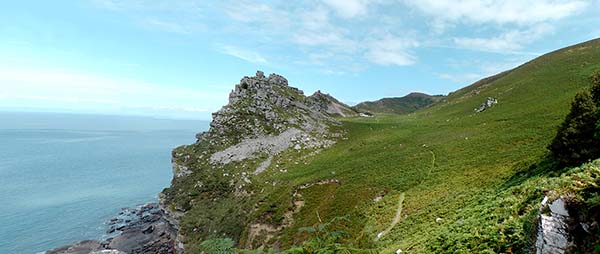
If you want to see the shape of the valley clearly then a good place to stand is just beyond Castle Rock as you walk away from Lynton. From here the sloping sides and floor of the valley are very clear. You’ll also notice that the hill to your right called Southcliff is much higher than Castle Rock and Ragged Jack on the left of the valley. In the distant past, where the Bristol Channel is now, would have been rolling hills, but erosion from the constant pounding of the sea has left behind the bare bones of these hills with steep cliffs facing the sea. These exposed rocks weathered into square blocks are what give Castle Rock its character.
So this brings me neatly to Castle Rock itself. It is undoubtedly the crown jewel of the valley. It is a focal point and demands attention. If you have never been to the Valley of Rocks before, then I would strongly suggest that on your first visit you should follow Lee Road from Lynton into the valley. This allows you to catch your first glimpse of Castle Rock with full effect. Take some time to walk around its base and if you’re feeling fit climb to the summit. Each time the light changes Castle Rock takes on a new quality. It’s a good place to just stand and look and take in the view in a way that our busy lives do not seem to allow any more. The video below is one way to try and capture this timelessness. By taking a camera and simply recording the hours as they pass, the changing weather and fleeting visits of people it is just possible to see beyond the everyday bustle of life and get a feel for the infinitely longer lifespan of Castle Rock.
And when you look closely there are surprising details. Of these, the most notable is the White Lady. I’m not going to tell you where it is in the picture below; it works best when you suddenly notice it!
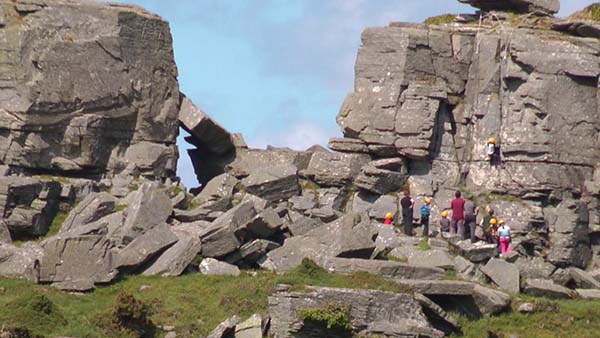
So what do people do once they are in the Valley of Rocks?
For most, walking and exploring is the thing.
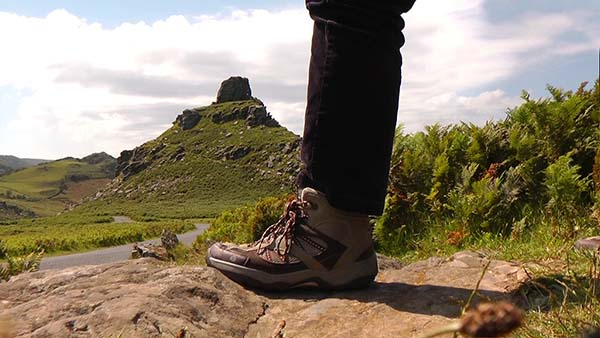
There are so many paths around the area and each gives a different perspective. The walk through the valley is a good starting point with plenty of benches to rest your feet and admire the views. Then you can experience a startling change of scenery by taking the coastal path along NorthWalk back towards Lynton where the height of the cliffs gives increadible views over the Bristol Channel towards Wales. Or Walk over SouthCliff where there is a surprising view; where you had been looking up at everything in the valley, you are now above looking down.
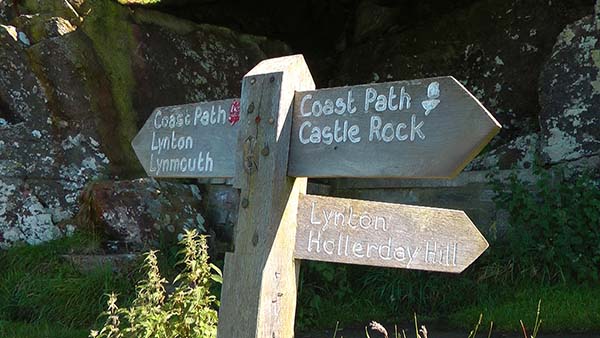
It isn’t just scenery either; there is plenty of wildlife too. Wild Exmoor ponies, an ancient and pure breed, roam the valley while the steep slopes and high rock ledges offer little trouble to the goats that wander over them. For those with keen eyes there are many birds to see of all sizes, and even fungi that are quite amazing.
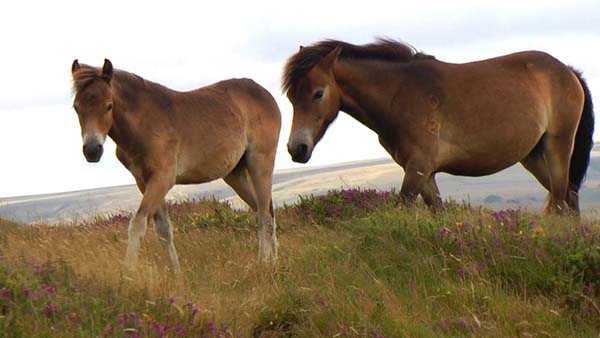
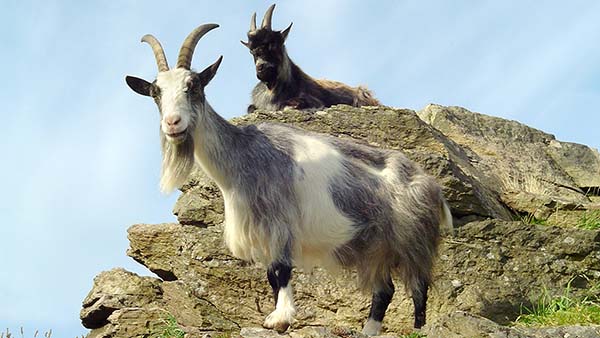
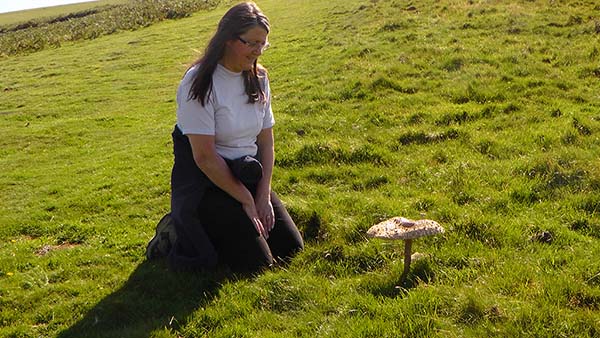
One of the amazing things about the valley of Rocks is that it is so close to Lynton. A ten minute walk and you find yourself in a very different world. Lynton and Lynmouth are such good places to explore it almost seems greedy to have the Valley of Rocks too!
